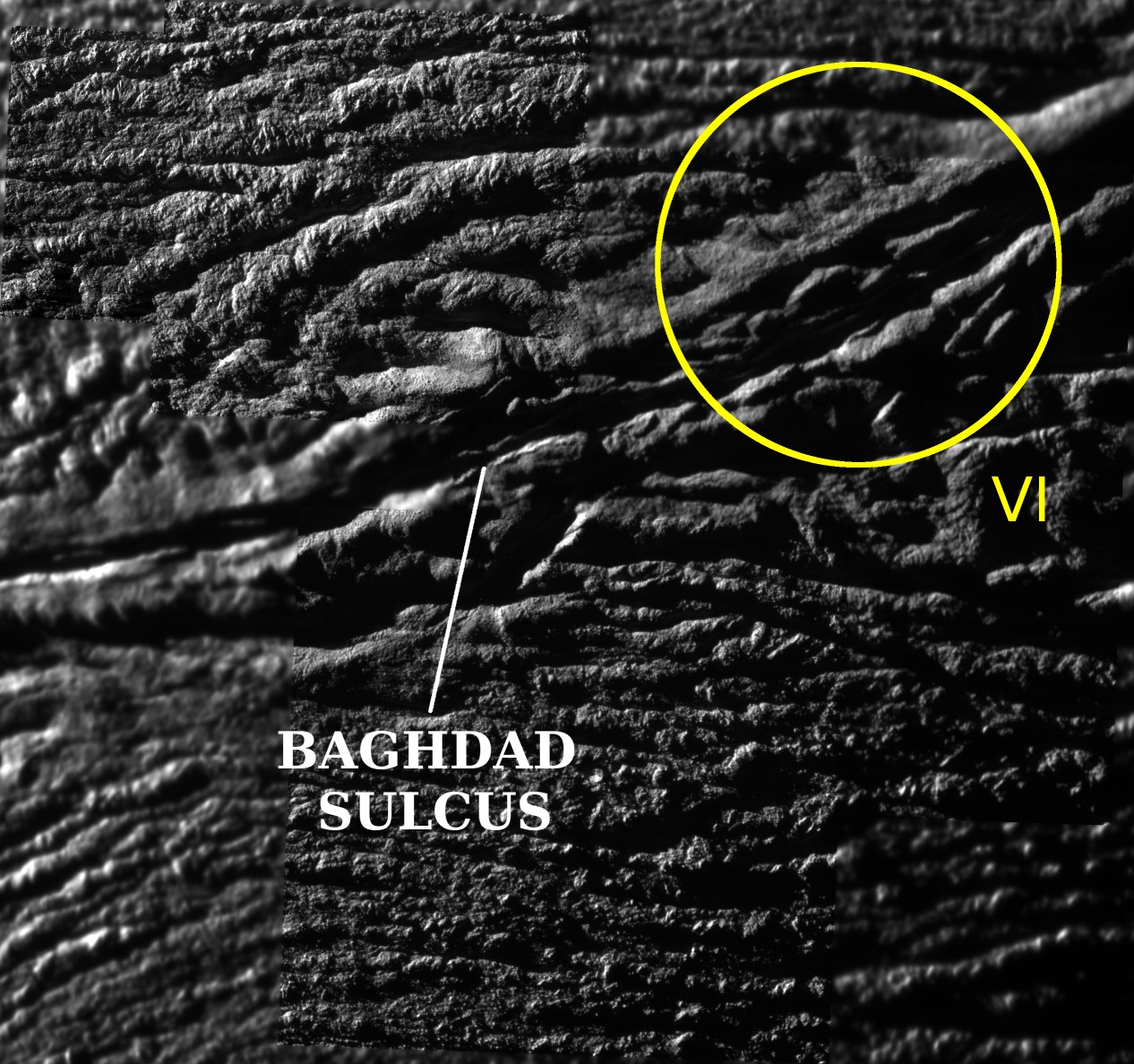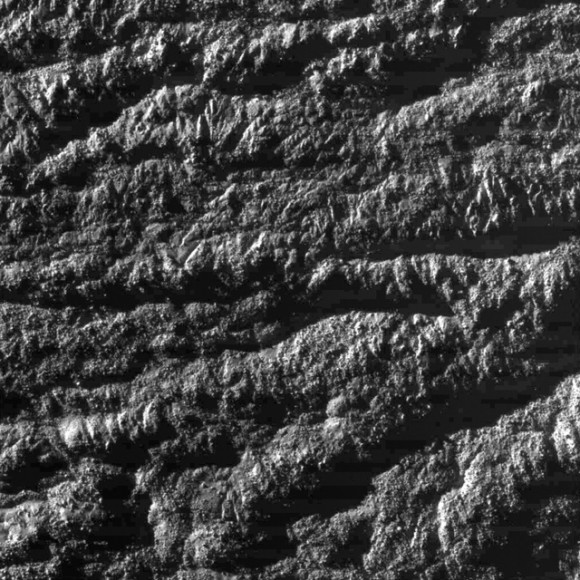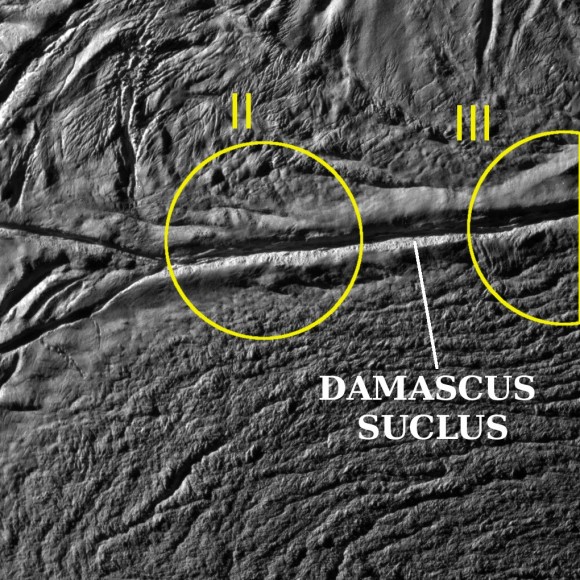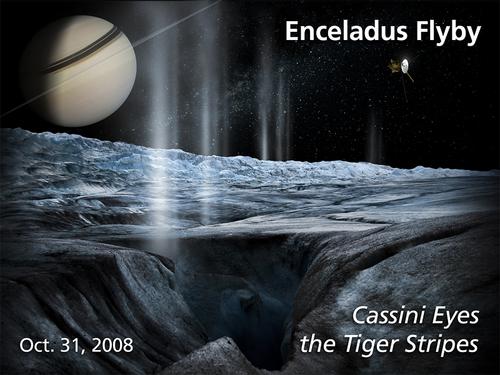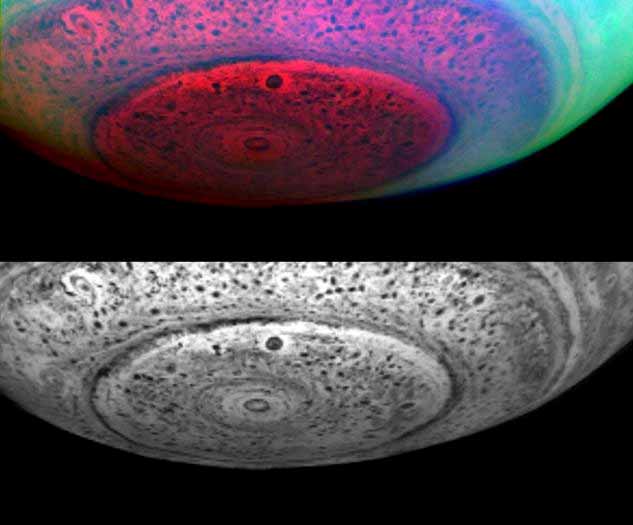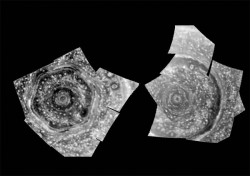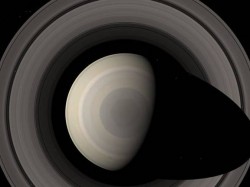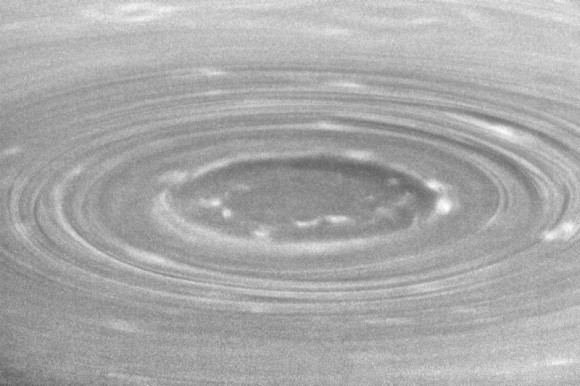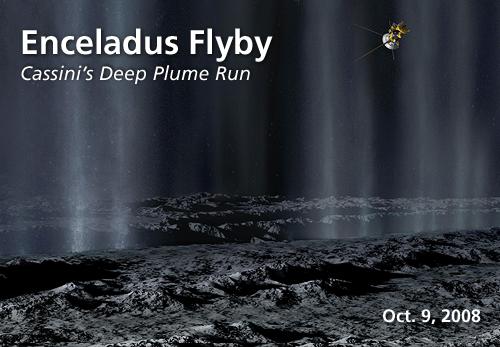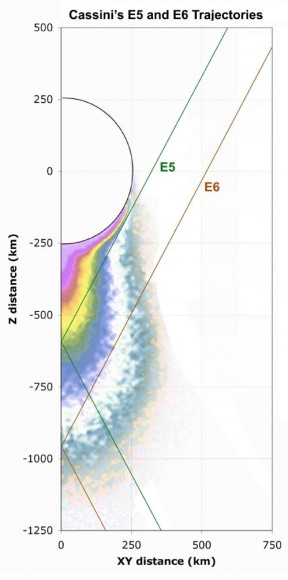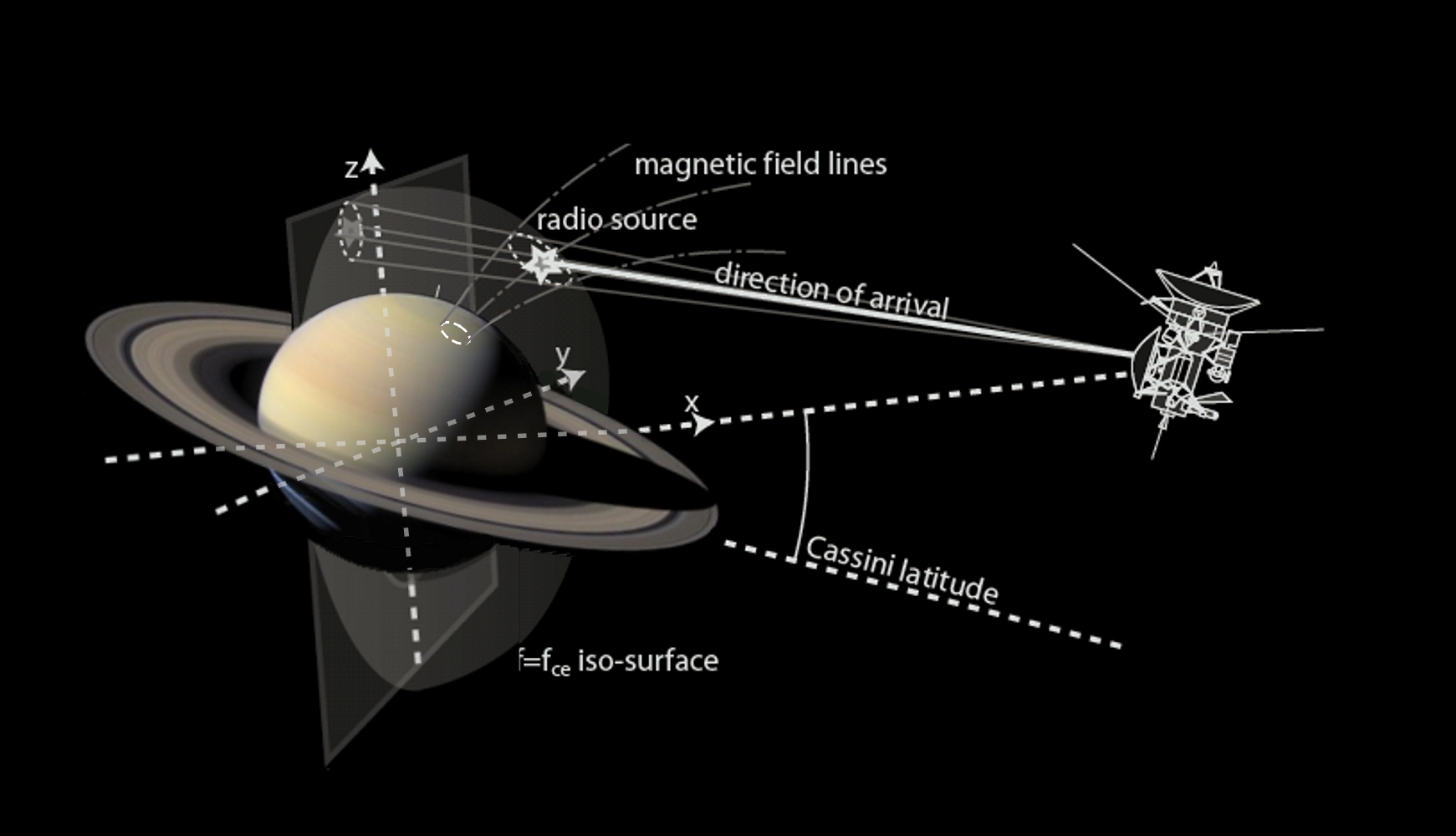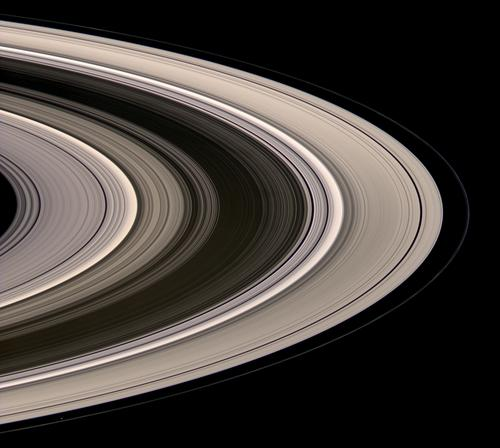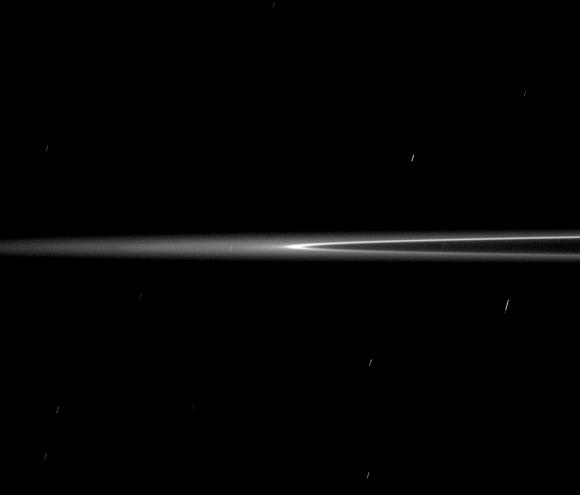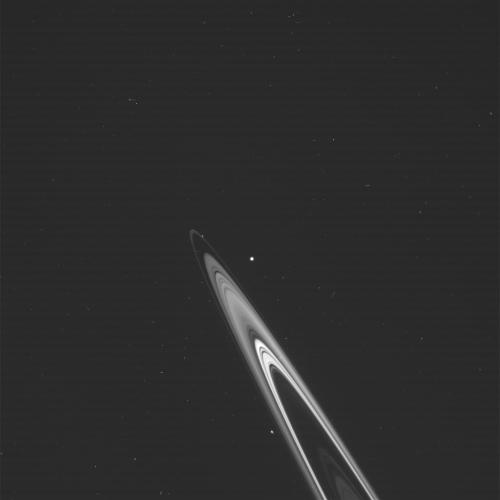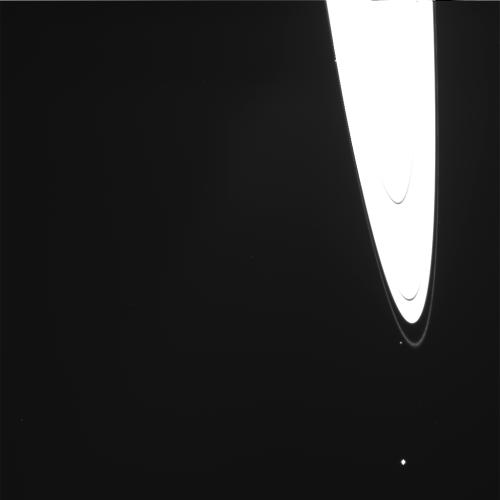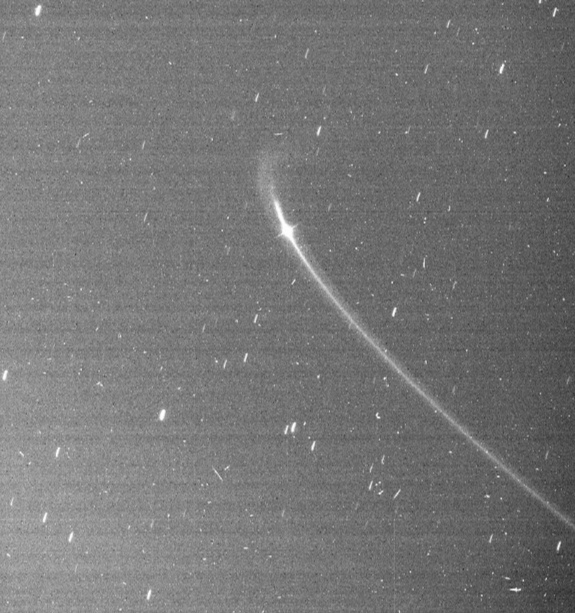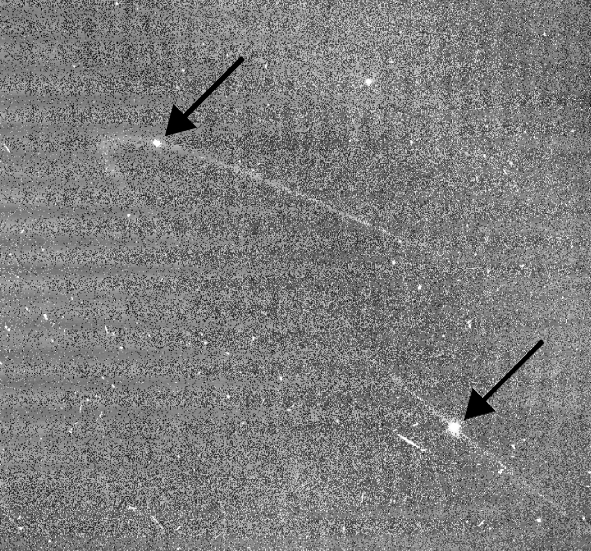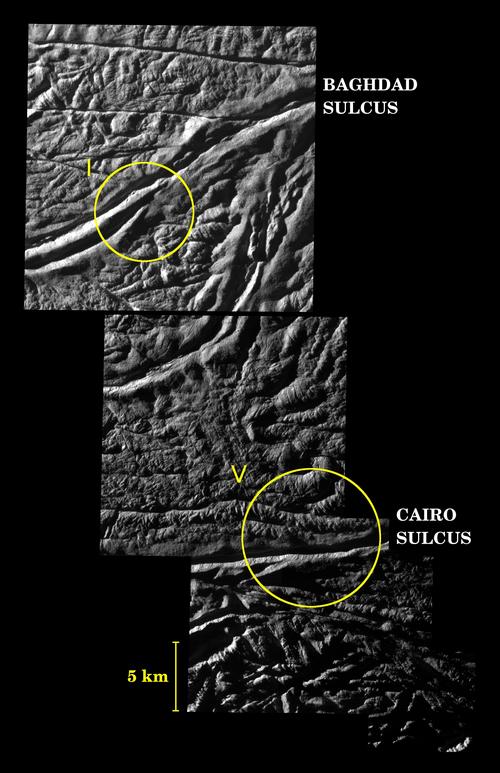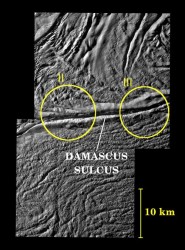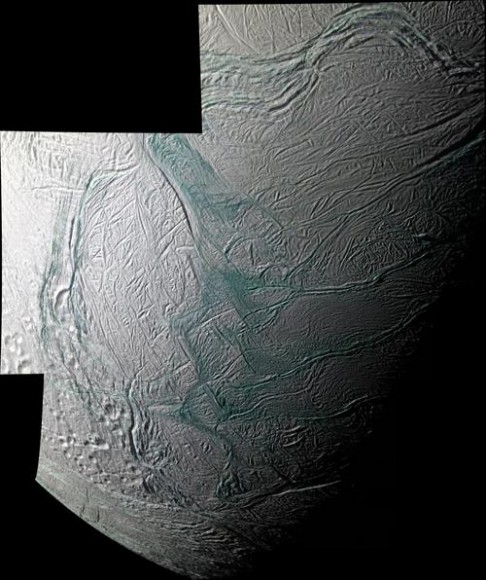[/caption]Having just returned the most detailed images yet of Saturn’s 500km-wide moon Enceladus, it is little wonder scientists are excited about this mysterious natural satellite. However, in new research recently published, the results aren’t related to the recent “skeet shot” Cassini carried out above the moon’s south pole (although there is some common ground). The paper’s origins started out in July 2005 when Enceladus’ plume of gas (containing organic compounds) was discovered fizzing from the moon’s surface, inside the “tiger stripes” just imaged by Cassini.
In some computer models, this plume is attributed to a sub-surface ocean. This possibility has led scientists to speculate that it might be an ideal environment for basic forms of life to thrive. What’s more, although the Cassini spacecraft isn’t equipped to directly search for life, it may be able to detect the signature of life…
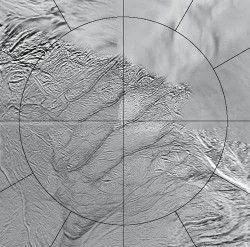
As Nancy wrote earlier today in relation to the search for life on Mars, methane is a key by-product from biological processes on Earth. It seems that Enceladus has a whole cocktail of the key components for life blasting into space.
“If you think about what you need for life, you need water, energy, organic material, and you need nitrogen, and they’re all coming out of the plume,” McKay said. “Here is a little world that seems to have it all.”
So what could be producing this possible biological signature? It seems possible that micro-organisms known as methanogens (as the name suggests, they produce methane as a gaseous by-product to their biological cycles) could be a possible explanation, but there must be the correct ratio of organic compounds (in favour of methane) present in the plume for this to be the case.
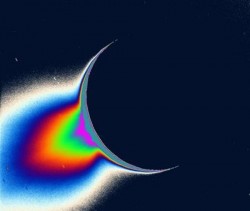
This method was recently used on hydrothermal vents at the bottom of the Atlantic ocean. A higher ratio of non-methane hydrocarbons were measured, indicating the gases emitted from the vents were non-biological in origin. This research suggests that Cassini’s Ion and Neutral Mass Spectrometer (INMS) can be used in a similar way to see if the organic compounds detected in the Enceladus plume can be attributed to biological processes.
However, previous fly-bys of the plume suggest it is very comet-like (and therefore an ancient source of organic compounds), so more data needs to be collected and better models need to be devised.
This research is very encouraging for the future exploration of the Solar System’s gas giant moons, and it is hoped that more sensitive equipment can be put into Saturn orbit in the future to possibly refine the preliminary results from Cassini. Whether the organic compounds in Enceladus’ south polar plume can be attributed to biological processes, or not, will probably have to wait a while yet…
Source: New Scientist


